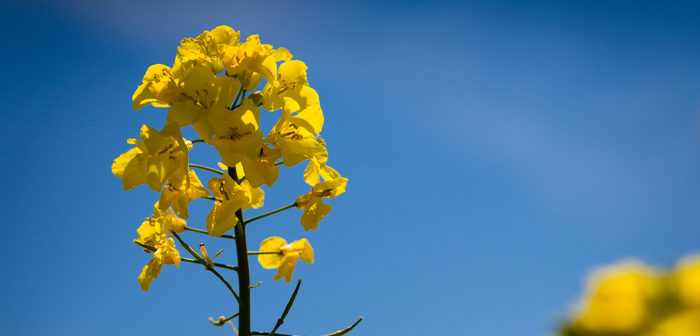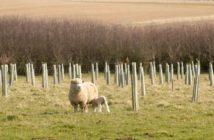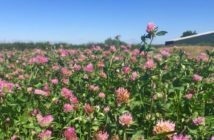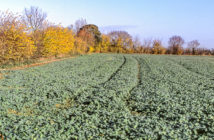In a collaborative project, called OSR EyeQ, between BASF and ADAS, the health of this year’s oilseed rape (OSR) crop has been assessed versus the 10-year average.
The EyeQ project has calculated the total planted area of winter OSR at 384,342ha, with just under 21% (79,610ha) in the east, 41% (157,649ha) in the Midlands and north of England, 13.5% (52,291ha) in Scotland and 23% (88,368ha) in the south of England
The investigation into the ‘vital biomass’ of OSR points to much better crop health in Scotland and the western areas of England versus the east of England and Midlands’ counties.
“The findings suggest that there are some better than normal crops in Scotland, Wales, south west, north west and south east of England as well as in Northern Ireland,” says BASF’s Sarah Middleton.
“The regions that are faring the worst are those in parts of Yorkshire, Lincolnshire and into the eastern counties,” she suggests.
The project has been assessing crop health throughout the season, with recent measurements being taken on the 3rd, 13th and 23rd April. The health ratings range from extremely stressed, normal and very good.
“There are few very good crops anywhere in the UK, but there are some regions where crops remain encouraging based on all three of the assessment timings,” she adds.
“Whilst planted areas are down due to the combination of the wet autumn and worry about Cabbage Stem Flea Beetle (CSFB), there are pockets in many regions of the country where crops are still deemed as in normal to good health.”
When translated through to relative yield potential, the EyeQ assessment rated that most of Scotland, Humberside, Northumberland and the west and south of England have crops that are showing better crop performance potential versus the 10-year average.
“It’s the swathe from north and east Yorkshire, down through the Midlands and the east of England to Essex which are clearly struggling with lower levels of crop development,” she notes.
The latest assessment in late April reported that the majority of crops are now in flower, and that 135,675ha have high levels of biomass and are in good condition, a further 183,801ha have good levels of biomass and crop condition and 64,865ha are crops to watch, because their condition is poorer.




